Speaker
Description
The hadron-nucleus and nucleus-nucleus interactions for laboratory energy between 100 MeV/u and about 1 GeV/u play a key role in interesting application of nuclear physics: hadrontherapy and radioprotection on Earth and in space are probably the most important. In all these areas, Monte Carlo codes have now gained a leading role. For example, in medical applications, their use is very important both for planning and quality control. In the absence of a full calculable theory of nuclear interaction in the non-perturbative regime, the commonly used general purpose modern MC codes make use of theoretically based phenomenological models. Such models necessarily have a certain number of parameters which must be tuned by means of experimental data at the level of single interaction. At present, all available Monte Carlo models of this kind are still affected by significant uncertainties and are constantly evolving. The most useful data for model benchmarking are double differential cross sections for production of different secondaries, such as nucleons and nuclear fragments. There are currently large gaps in the availability of such data and new experimental campaigns should be designed to help the necessary development of computation models. In this talk, after a brief presentation summary of some classes of available models, the status of existing available data on the nuclear fragmentation process will be reviewed. Measurements of total reaction cross sections and yield from thick target experiments are also included. Some comparison between MC predictions and data will be presented, to highlight the level of existing uncertainties. A possible list of design requirement for dedicated experiments will be then proposed.

